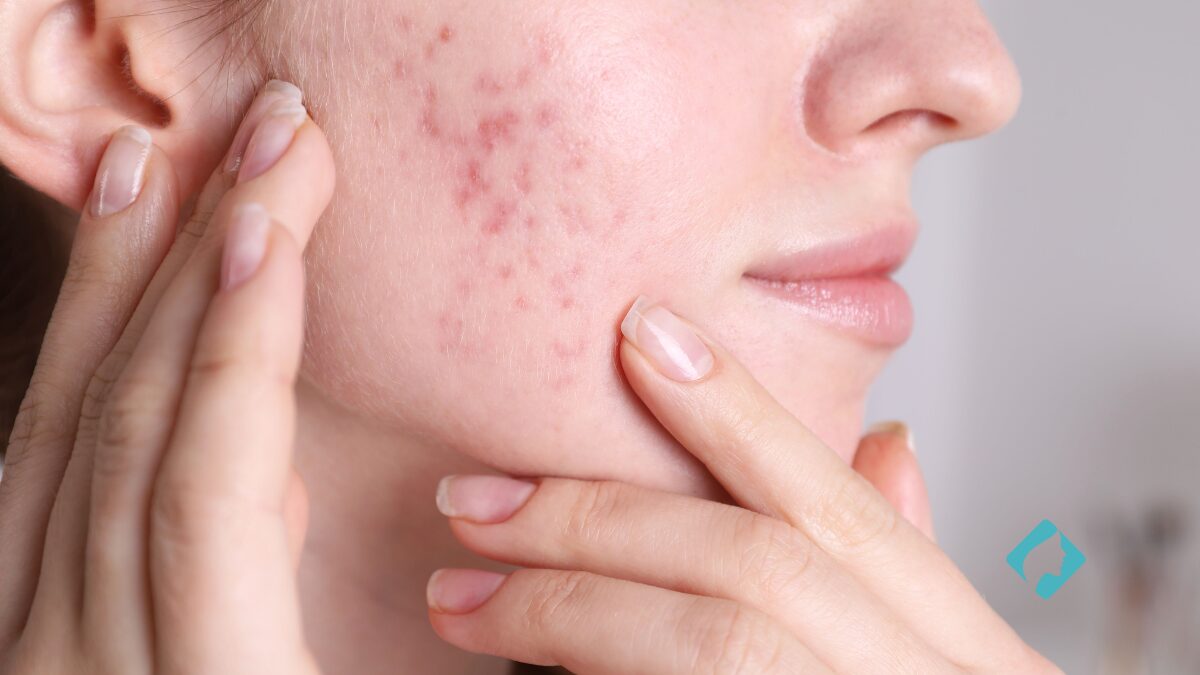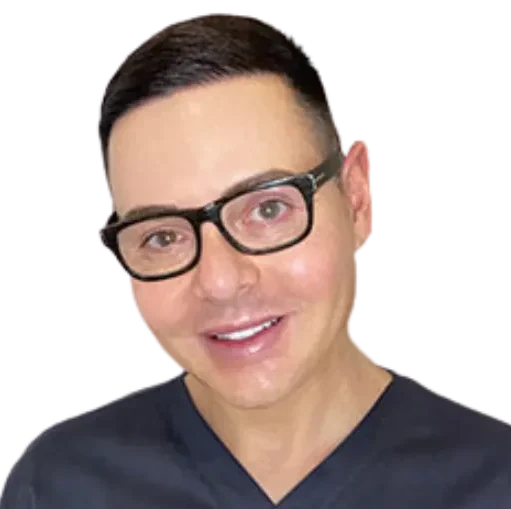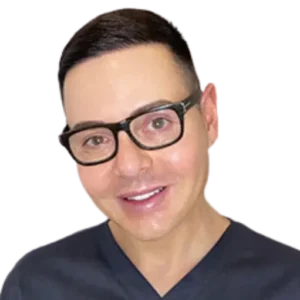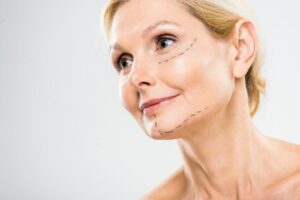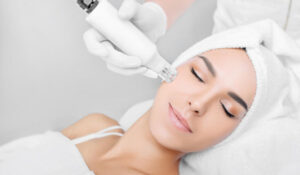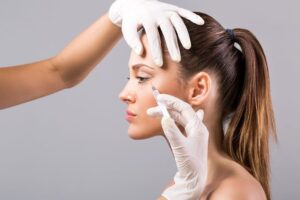About 20% of people who have acne will most likely develop acne scars, and these scars can wreak havoc on one’s self-esteem!
Acne is a very common skin condition that affects about 9.4% of the global population. That roughly equates to 700 million people. This means 140 million (that above-mentioned 20%) may go on to develop acne scars.
The bottom line? You are not alone! And even better news, there are multiple ground-breaking and effective non-surgical treatments available to help fade the effects acne left behind.
Let’s talk about them.
How Do Acne Scars Form?
Acne occurs when hair follicles become clogged with oil, dead skin cells, and bacteria. This blockage can lead to inflammation and, in severe cases, the formation of cysts or nodules. The longer the inflammation persists, the more likely it is to damage the skin’s structure, increasing the chances of scarring. Picking or popping acne lesions can further worsen inflammation and damage, leading to more severe scarring.
When acne clears, the skin initiates a repair process. To heal the damaged tissue, the body produces collagen (a protein essential for skin structure). However, this repair process does not always restore the skin to its original state.
If the skin does not produce enough collagen during the healing process, atrophic scars can form. These are depressed or indented scars, such as ice pick, boxcar, and rolling scars. On the other hand, if the skin produces excess collagen, raised scars known as hypertrophic or keloid scars can develop. Although, these are more common on the chest, back, and shoulders.
What Are Some Of The Best Options To Minimise Acne Scarring?
It is important to remember that reducing the appearance of scars is a journey. Some acne scars may require multiple sessions to fade effectively or may need a combination of different treatments to achieve the best results. It all depends on the depth of the scar (e.g. ice pick scars can go deep into the skin and are the most difficult to treat) and your skin type. This means there is no guarantee that acne scars will be completely gone; however, these treatments can help significantly reduce their size and appearance.
1. Carboxytherapy
Carboxytherapy is a minimally invasive aesthetic treatment in which carbon dioxide (CO₂) is infused just below the skin’s surface. When CO₂ is injected into the skin, it encourages your body to increase blood flow to the area, delivering vital nutrients and oxygen that help your skin repair and renew itself from within. Carboxytherapy essentially helps break down the fibrous tissue in scars, allowing for the formation of healthier skin in its place.
2. RF Microneedling
RF microneedling combines two powerful skincare techniques, namely radiofrequency energy and microneedling. Microneedling uses fine needles to create tiny punctures in the skin. These tiny punctures stimulate the body’s natural healing process. When paired with RF energy, these punctures are heated, boosting collagen and elastin, and effectively regenerating the skin. This combination allows the treatment to target deeper layers of the skin than traditional microneedling alone, making it particularly effective for more severe acne scars, including rolling and boxcar scars.
3. Microdermabrasion
Microdermabrasion uses super small crystals to gently exfoliate the outer layer of your skin. This encourages the production of new and healthy skin. It also stimulates collagen production, thus it is a great option for treating mild acne scars and uneven skin texture. The treatment can help to fill in depressed scars over time, as collagen production increases. It can also help fade dark spots left behind by acne.
4. Chemical Peel
Our Peppermint Skin Peel combines a variety of acids and bioactive ingredients to gently remove dead skin cells. It also boosts collagen and elastin production to enhance your skin’s appearance and reduce the appearance of post-acne marks, as well as combat shallow and surface-level acne scars.
5. Fractional Laser
Unlike traditional laser treatments that target large areas, fractional laser works by delivering laser energy in a grid-like pattern, creating thousands of tiny micro-injuries (or “fractions”) in the skin. These micro-injuries are concentrated on the deeper layers of the skin, which are where acne scars typically form. By treating only a fraction of the skin at a time, surrounding healthy tissue is left intact, helping the skin heal faster. Fractional laser treatment is typically recommended to help treat ice pick, boxcar, and rolling acne scars.
What To Remember
Acne scars do not have to be permanent!
With modern advances in dermatological treatments and skincare, achieving smoother, clearer skin is easier than ever. If you are struggling with acne scarring, please reach out to our team. We are here to help you find the best approach for your unique needs.
We will leave you with this quote: “Great skin doesn’t happen by chance; it happens by appointment.” – Anonymous.


